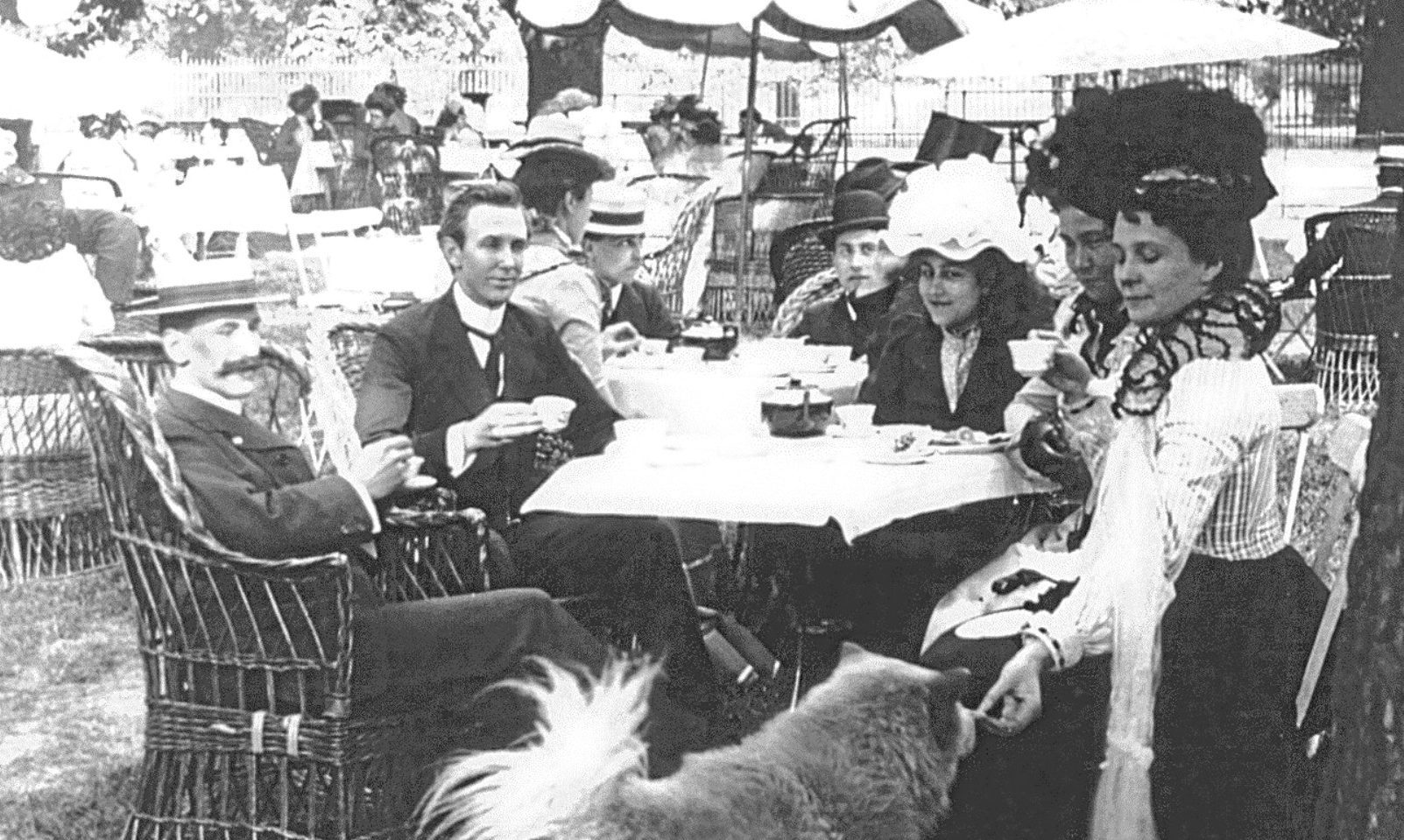
IF you’re seeking Victorian influences in today’s world, look no further than the dinner table.
A new book examines how Victorians revolutionised food and dining, and it makes for a remarkable read.
Not only did they bring in the notion of having breakfast, lunch and dinner, they also popularised picnics, eating out in restaurants, and turkey on December 25.
It wasn’t all, however, about posh families sitting down to eat with the finest cutlery while the maids and butlers brought one dish after another.
There was also the horrid gruel of the workhouse — not so bad that Charles Dickens’ Oliver didn’t ask for some more — and the British way of eating, and the things we ate, completely changed.
“China Chilo has disappeared from recipe books in the 21st century,” says author Emma Kay, showing we’ve loved foods from other continents for a long time.
“It tastes a lot like chicken stir fry, and may have been inherited from the days when the East India Company engaged in trade with China.”
Sailors would return from China, and their wives would try to make something close to what they described, substituting lettuce for bok choy and peas for bean sprouts.
Mincing loin or leg of mutton, salt, pepper, butter and green onions, with boiled rice added and perhaps some cucumber, would get you close to it today.
Back then, however, you could also head to some of the high street chain stores, who often had fine eateries within their buildings.
“Commerce was big and shops competed to attract passers-by,” explains Emma. “By the middle of the 19th century, department stores provided a system of being able to buy many different items in one building.
“Harrods, Harvey Nichols, Liberty’s and Fortnum and Mason were operating then, but Bainbridge & Co in Newcastle, now part of John Lewis, is considered the first department store.
“The restaurant in Harrod’s in 1895 sold hot lunches between 12 and 3pm. You could expect soup, fish, entrees, joints and poultry among other dishes.
“Most expensive was a rump or fillet steak costing one shilling. Chops or ham and eggs were 10d. Or you could delight in teacakes, buttered toast, muffins or crumpets for just 2d.”
By the way, young folk, that “d” is for pennies!
10 facts from the Victorian era that prove people weren’t quite as buttoned-up as we thought!
There was also a wonderful choice of pubs and bars, taverns and restaurants.
“The entire west side of Piccadilly in London was occupied by them,” Emma reveals.
“Liberty’s offered the ultimate in indulgent shopping with their Arab Tea Room, where women could rest their weary limbs and delight in a selection of the finest teas, including Indian, Lotus and Yang-Yin, in an environment resembling an exotic far eastern destination.”
Emma also reveals some marvellous recipes from Victorian times, with a semolina pudding typical of those taught at the Dundee School of Cookery.
“This recipe was taught in the evenings to fee-paying young women,” she explains.
“Two tablespoons of semolina soaked overnight in water, two breakfast cups of milk, one egg, and a dessert spoon of pounded sugar. Stir the semolina and milk in a saucepan until it boils, add sugar and a little ground nutmeg or other seasoning.”
When done, the Victorians would sup with milk or stoned fruit, but the young ladies of Dundee would also learn recipes for things we wouldn’t dream of eating today.
“We no longer eat garden birds like the lark, but a lark pattie recipe shows Victorian chef Jules Gouffé’s talents,” reveals Emma. “It provided weights, timings, precise directions — everything we’d expect today.”
If a picnic in the park — or pique-nique as they were then — was for anyone, Emma describes how rich and poor would otherwise dine in very different settings.
“There were eating houses and dining rooms,” she explains. “The lower classes opted for the former. The middle and higher echelons of society preferred the latter.
“Dining rooms mostly evolved as traders and clerks, working late and living far from home, needed to dine later, after work.
“There were also myriad of independent public houses and a scattering of coffee rooms, a throwback from the century before but still providing simple fare in addition to hot drinks and some alcohol.”
The more things change, the more they stay the same!
Dining With The Victorians: A Delicious History, by Emma Kay, is published by Amberley, priced £9.99.

Enjoy the convenience of having The Sunday Post delivered as a digital ePaper straight to your smartphone, tablet or computer.
Subscribe for only £5.49 a month and enjoy all the benefits of the printed paper as a digital replica.
Subscribe